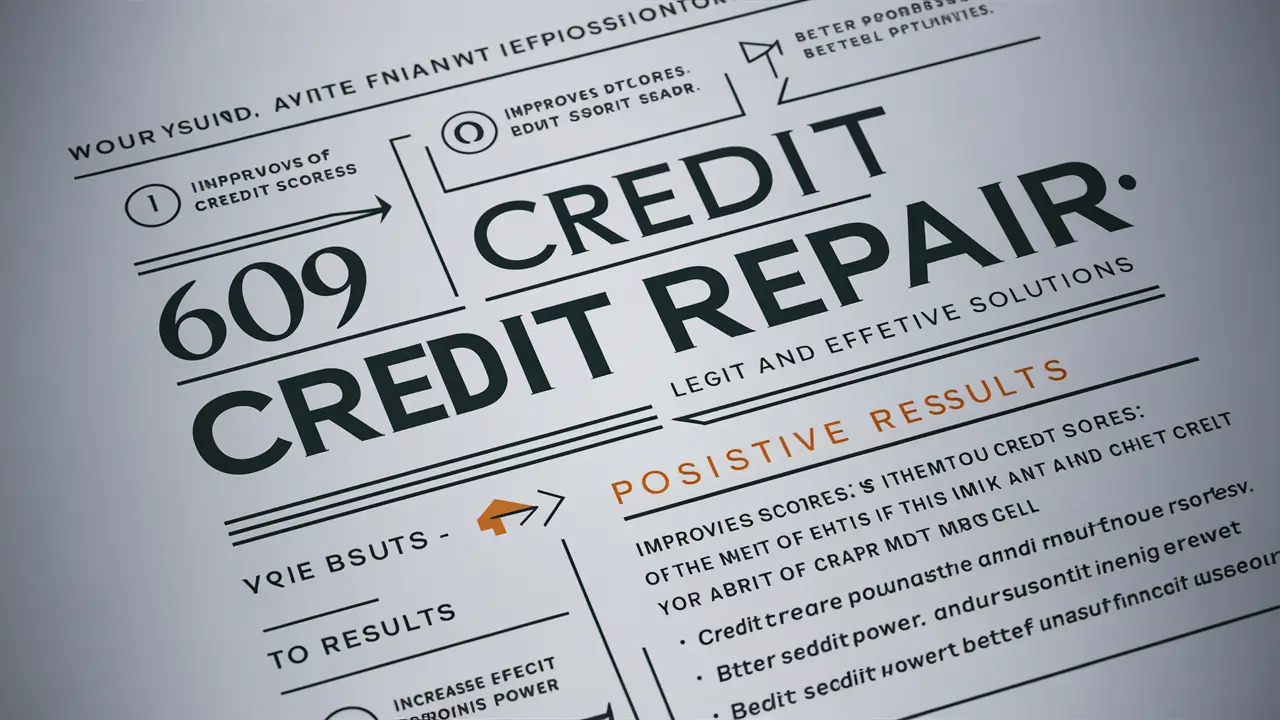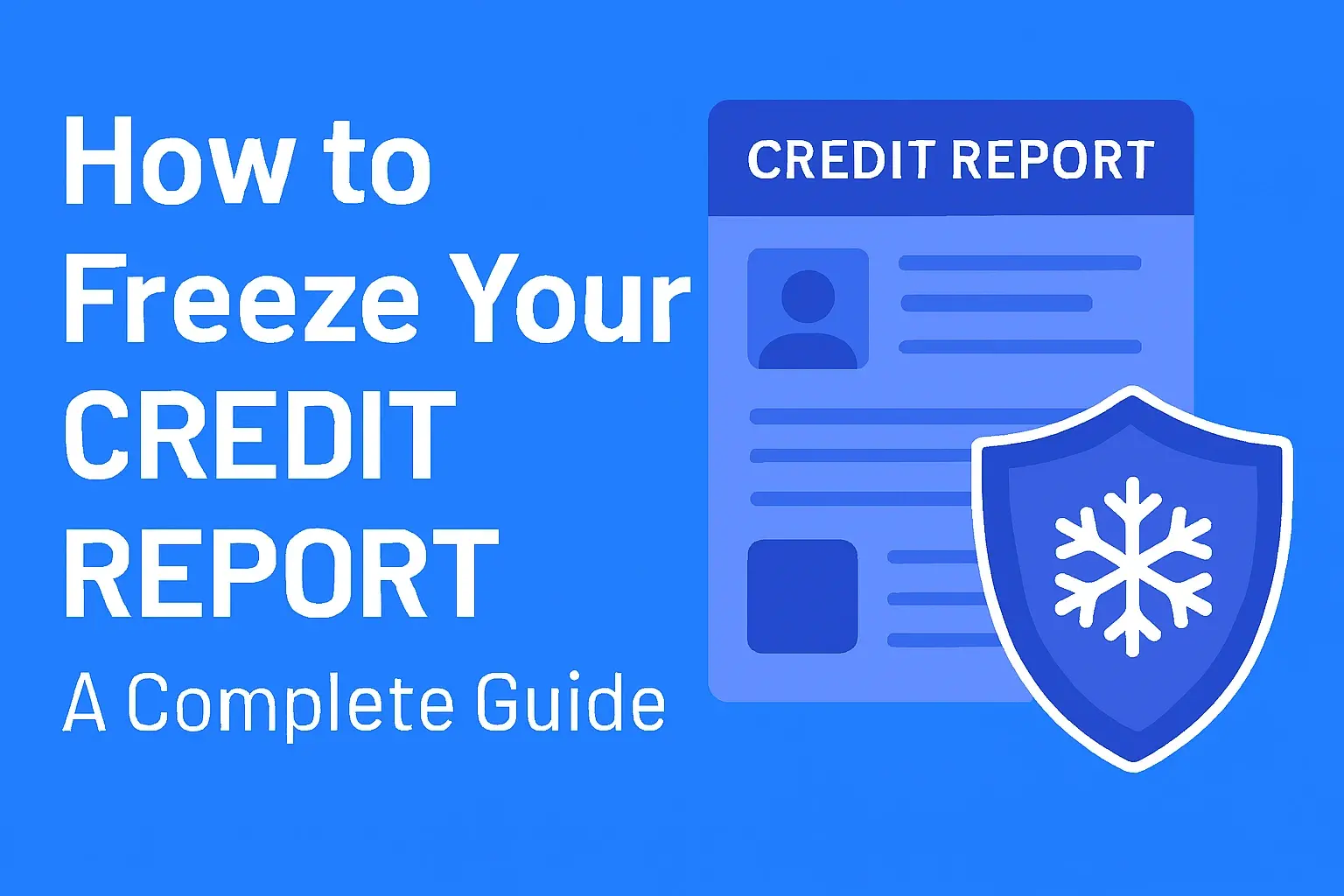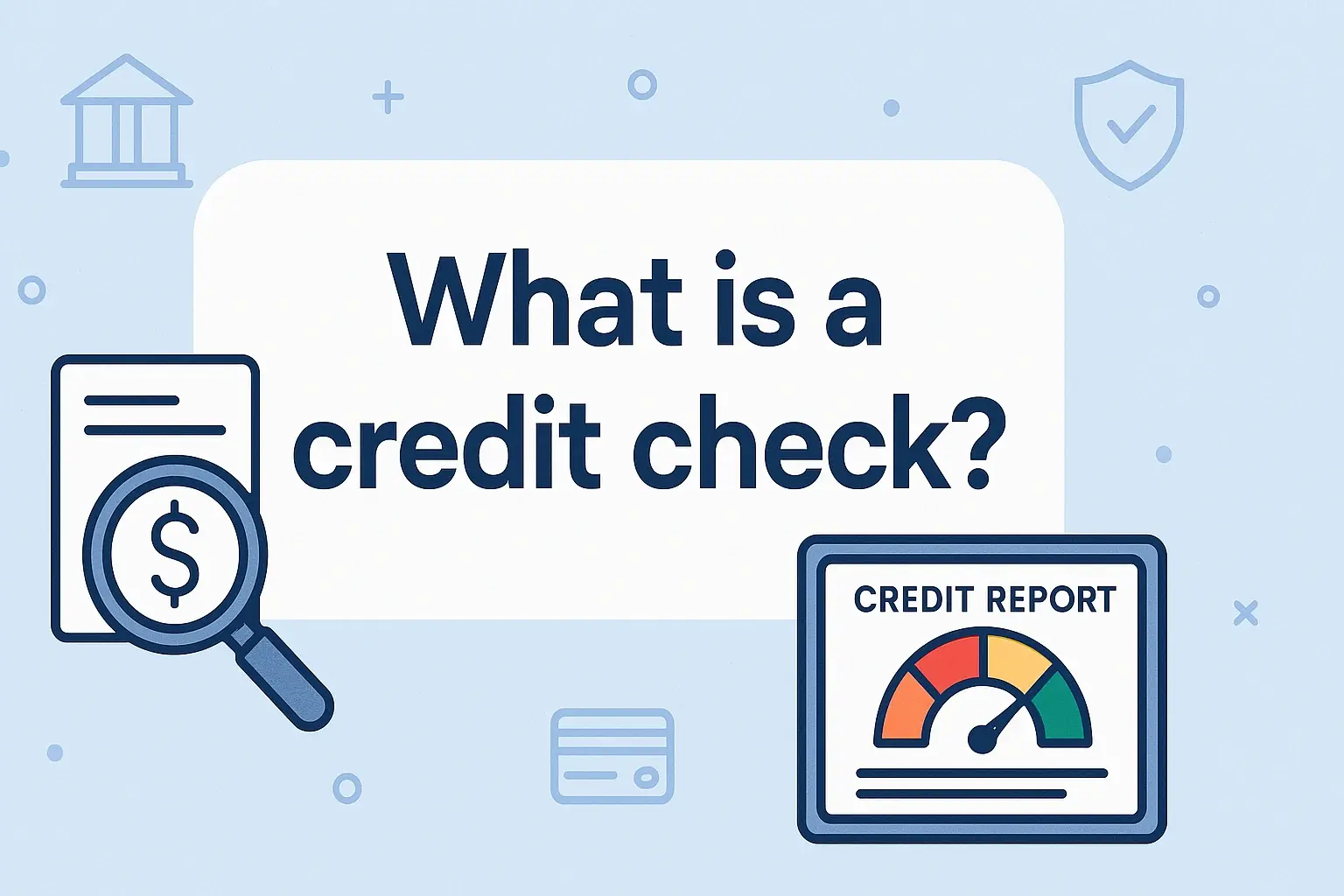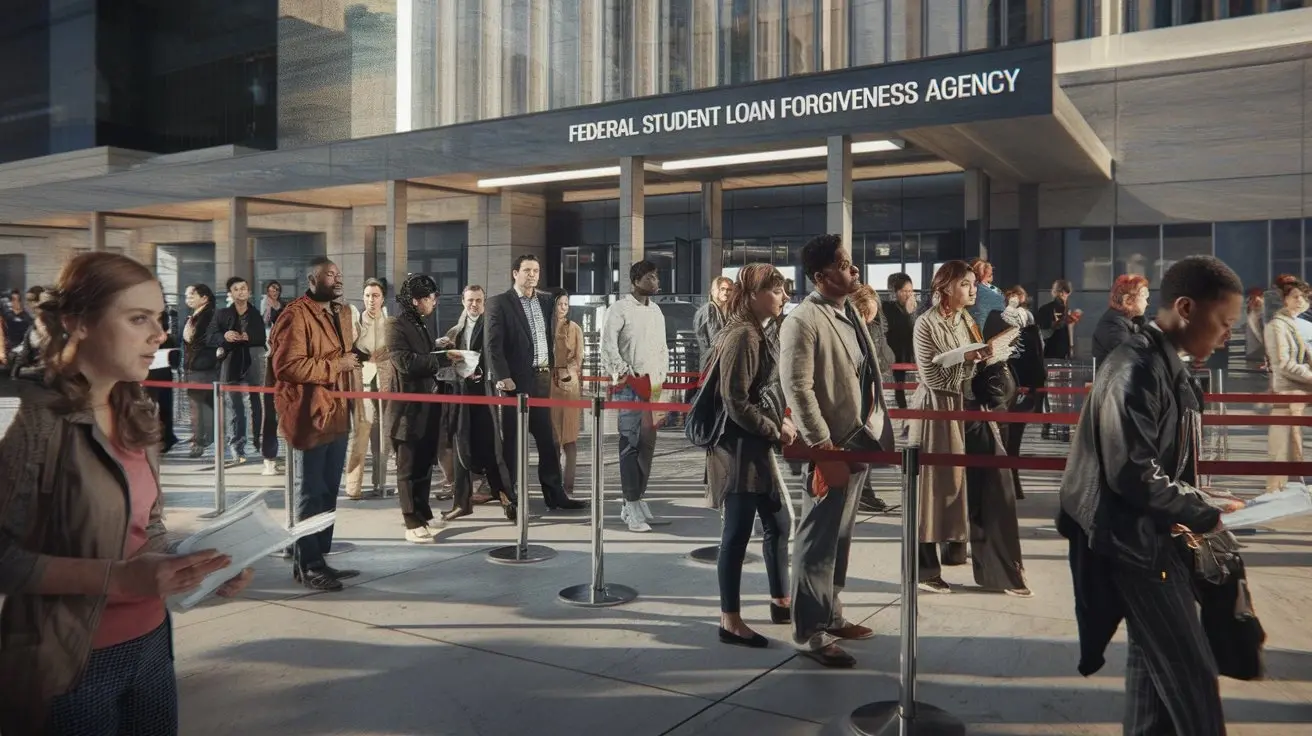-
Posted on: 24 Jul 2024

-
Navigating the world of credit repair can be confusing, especially when you encounter terms like "609 credit repair." The promise of quickly fixing your credit score is enticing, but is it too good to be true? This article delves into the intricacies of Section 609 of the Fair Credit Reporting Act (FCRA), explores the methods employed by 609 credit repair services, and helps you determine whether it's a legitimate approach or a potential scam.
Understanding Section 609 of the Fair Credit Reporting Act (FCRA)
Section 609 of the FCRA grants consumers the right to request information about the sources of information used in their credit reports. It empowers you to ask credit bureaus (Equifax, Experian, and TransUnion) to verify the accuracy and completeness of the information they hold about you. This right is fundamental to ensuring fair and accurate credit reporting.
What Does Section 609 Actually Say?
Essentially, Section 609 outlines your right to obtain information about the sources of the data on your credit report. You can request the credit bureaus to disclose the identity of the source that provided any item of information, except for medical information.
How is Section 609 Used in Credit Repair?
Credit repair companies leverage Section 609 to send dispute letters to credit bureaus, requesting verification of negative items on your credit report. The theory behind this approach is that if a credit bureau cannot verify the accuracy or validity of a particular item, they are legally obligated to remove it from your credit report. This process is often referred to as "challenging" or "disputing" credit report errors.
The Promise and Potential Pitfalls of 609 Credit Repair
The core idea behind using Section 609 for credit repair is sound. If your credit report contains inaccurate, incomplete, or unverifiable information, disputing it under the FCRA can lead to its removal, potentially improving your credit score. However, there are crucial aspects to consider.
The Reality of Credit Bureau Verification
Credit bureaus are obligated to investigate disputes within a reasonable timeframe (typically 30 days). They contact the data furnishers (creditors, lenders, etc.) who provided the information to your credit report. The data furnisher then has the opportunity to verify the accuracy of the information. If the data furnisher can provide sufficient documentation to support the accuracy of the information, the credit bureau will typically mark the dispute as "verified," and the negative item will remain on your credit report.
Is It a Quick Fix?
Despite what some companies claim, 609 credit repair is not a quick fix. It's a process that requires patience and persistence. While inaccuracies can be removed quickly, legitimate debts or negative items that are accurately reported will likely remain on your credit report. You can't simply erase valid debt with a 609 letter.
The "Source" Loophole and Misinformation
Some individuals and companies misinterpret Section 609, claiming that if the credit bureau doesn't provide the original document that proves the debt, it must be removed. This is a misunderstanding of the law. Credit bureaus are required to verify the information, not necessarily provide the original documentation. They simply need confirmation from the data furnisher that the information is accurate.
Differentiating Legitimate Credit Repair from Scams
The popularity of 609 credit repair has unfortunately attracted unscrupulous individuals and companies who exploit consumers seeking a quick fix to their credit problems. Here's how to distinguish legitimate credit repair from scams:
Red Flags of Credit Repair Scams:
- Upfront Fees: Legitimate credit repair companies typically only charge fees after services have been rendered. Avoid companies that demand hefty upfront fees.
- Guaranteed Results: No legitimate company can guarantee specific results. Credit repair is a complex process, and outcomes can vary.
- Requesting You to Create a New Credit Identity: This is illegal and can lead to serious legal consequences. Avoid companies that advise you to obtain a new Employer Identification Number (EIN) or a Credit Privacy Number (CPN) to hide your credit history.
- Disputing Accurate Information: Legitimate credit repair focuses on disputing inaccurate, incomplete, or unverifiable information. Disputing accurate information is unethical and can be counterproductive.
- Lack of Transparency: Be wary of companies that are unwilling to explain their methods or provide clear and concise information about their services.
What Legitimate Credit Repair Companies Do:
- Provide a Free Consultation: They will assess your credit report and explain your rights and options.
- Explain the Process Clearly: They will outline the steps they will take to repair your credit and explain the potential outcomes.
- Focus on Accurate Disputing: They will help you identify and dispute inaccurate, incomplete, or unverifiable information on your credit report.
- Educate You About Credit Management: They will provide advice on how to improve your credit score and maintain good credit habits.
- Adhere to the Credit Repair Organizations Act (CROA): This federal law protects consumers from unfair or deceptive practices by credit repair companies.
DIY Credit Repair: A Viable Alternative
You don't need to hire a credit repair company to leverage Section 609 of the FCRA. You can dispute inaccuracies on your credit report yourself, often for free. Here's a step-by-step guide to DIY credit repair:
- Obtain Your Credit Reports: You are entitled to a free credit report from each of the three major credit bureaus (Equifax, Experian, and TransUnion) annually through www.annualcreditreport.com.
- Review Your Credit Reports Carefully: Look for any inaccuracies, errors, or incomplete information. This includes incorrect names, addresses, account numbers, dates, and balances.
- Gather Supporting Documentation: Collect any documents that support your claims of inaccuracy. This may include payment records, account statements, or court documents.
- Write Dispute Letters: Draft dispute letters to each credit bureau, clearly explaining the inaccuracies you have identified and providing supporting documentation. Be specific and concise.
- Send Dispute Letters by Certified Mail: This provides proof that the credit bureaus received your letters.
- Follow Up with the Credit Bureaus: Keep track of the dates you sent your dispute letters and follow up with the credit bureaus if you haven't received a response within 30 days.
- Review the Results: Once the credit bureaus have investigated your disputes, they will send you a report outlining their findings. If they have corrected the errors, review your credit report to ensure the changes have been made accurately.
Example Dispute Letter Template:
[Your Name]
[Your Address]
[Your City, State, Zip Code]
[Your Phone Number]
[Your Email Address]
[Date]
[Credit Bureau Name]
[Credit Bureau Address]
[Credit Bureau City, State, Zip Code]
Subject: Dispute of Credit Report Information
To Whom It May Concern:
I am writing to dispute the following information on my credit report:
* Account Name: [Account Name]
* Account Number: [Account Number]
* Item Being Disputed: [Specific Item You Are Disputing - e.g., Incorrect Balance, Late Payment]
* Reason for Dispute: [Explain Why the Information is Inaccurate - e.g., This account is not mine, I made the payment on time]
I have attached copies of [Supporting Documentation - e.g., Payment Record, Account Statement] to support my claim.
I request that you investigate this matter thoroughly and correct the inaccurate information on my credit report. Please provide me with written confirmation of the results of your investigation.
Thank you for your time and attention to this matter.
Sincerely,
[Your Signature]
[Your Typed Name]Beyond 609: Building a Strong Credit Profile
While disputing inaccuracies on your credit report is an important step, it's only one part of building a strong credit profile. Focus on these key factors:
- Pay Your Bills on Time: Payment history is the most important factor in determining your credit score.
- Keep Your Credit Utilization Low: Aim to use less than 30% of your available credit.
- Avoid Opening Too Many New Accounts at Once: Opening multiple credit accounts in a short period can lower your credit score.
- Monitor Your Credit Reports Regularly: Check your credit reports for errors and signs of identity theft.
- Consider Secured Credit Cards: If you have poor credit, a secured credit card can help you rebuild your credit history.
The Importance of Financial Literacy
Understanding how credit works is crucial for building and maintaining a healthy financial life. Educate yourself about credit scores, credit reports, and responsible credit management practices. Numerous resources are available online and through non-profit organizations.











